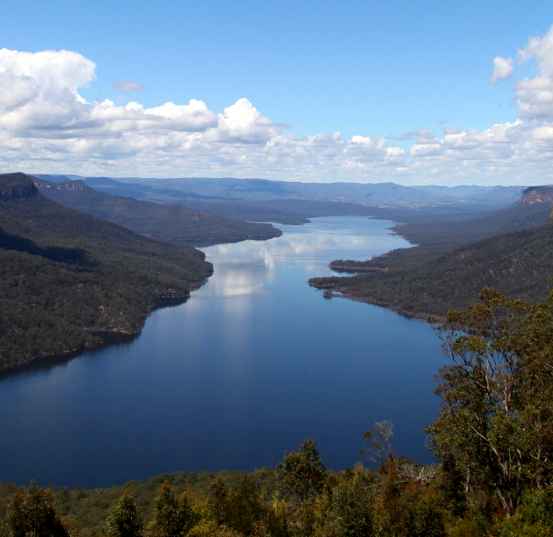PFAS found in Sydney supply
 PFAS chemicals have been detected in Sydney’s drinking water catchments.
PFAS chemicals have been detected in Sydney’s drinking water catchments.
Concerns over the safety of supplies have intensified following the detection of per-and polyfluoroalkyl substances (PFAS) in multiple water catchment areas, including the Warragamba Dam, the city’s primary water source.
PFAS, often referred to as “forever chemicals” due to their persistence in the environment, have been linked to severe health issues, including cancer.
Despite the detection, officials maintain that Sydney's water remains safe to drink, citing that all PFAS levels found are within the current Australian drinking water guidelines.
However, these guidelines are now under scrutiny.
The United States Environmental Protection Agency (EPA) has recently declared that there is “no safe level of exposure” to certain PFAS chemicals in drinking water, prompting Australia's water regulator to fast-track a review of local standards.
New guidelines are expected for public consultation in October, with final recommendations slated for April 2025.
The latest testing by Sydney Water revealed detectable PFAS levels in key water filtration plants across Sydney.
While the concentrations were below the current Australian standards, some argue that these standards are outdated and insufficiently protective.
Additional monitoring has been initiated in areas like Katoomba and Blackheath, where higher concentrations were detected.
Water authorities across Australia say the issue does not appear to extend to their jurisdictions, but these reassurances have not quelled all concerns.
Dr Mariann Lloyd-Smith, a senior policy adviser with the International Pollutants Elimination Network, has described Australia's water guidelines as “an international embarrassment”, particularly in light of the more stringent standards adopted in the United States.
She has questioned the Australian government's reluctance to act more decisively, despite growing evidence of harm caused by PFAS exposure.
The Australian Drinking Water Guidelines, last updated in 2018, are now under review to assess their adequacy in light of new scientific findings.
Critics like Dr Nicholas Chartres from the University of Sydney argue that the review process lacks urgency, potentially leaving the public at risk.
Chartres has emphasised the need for swift action, pointing to the US EPA's rigorous research as a model Australia could quickly adopt.








 Print
Print